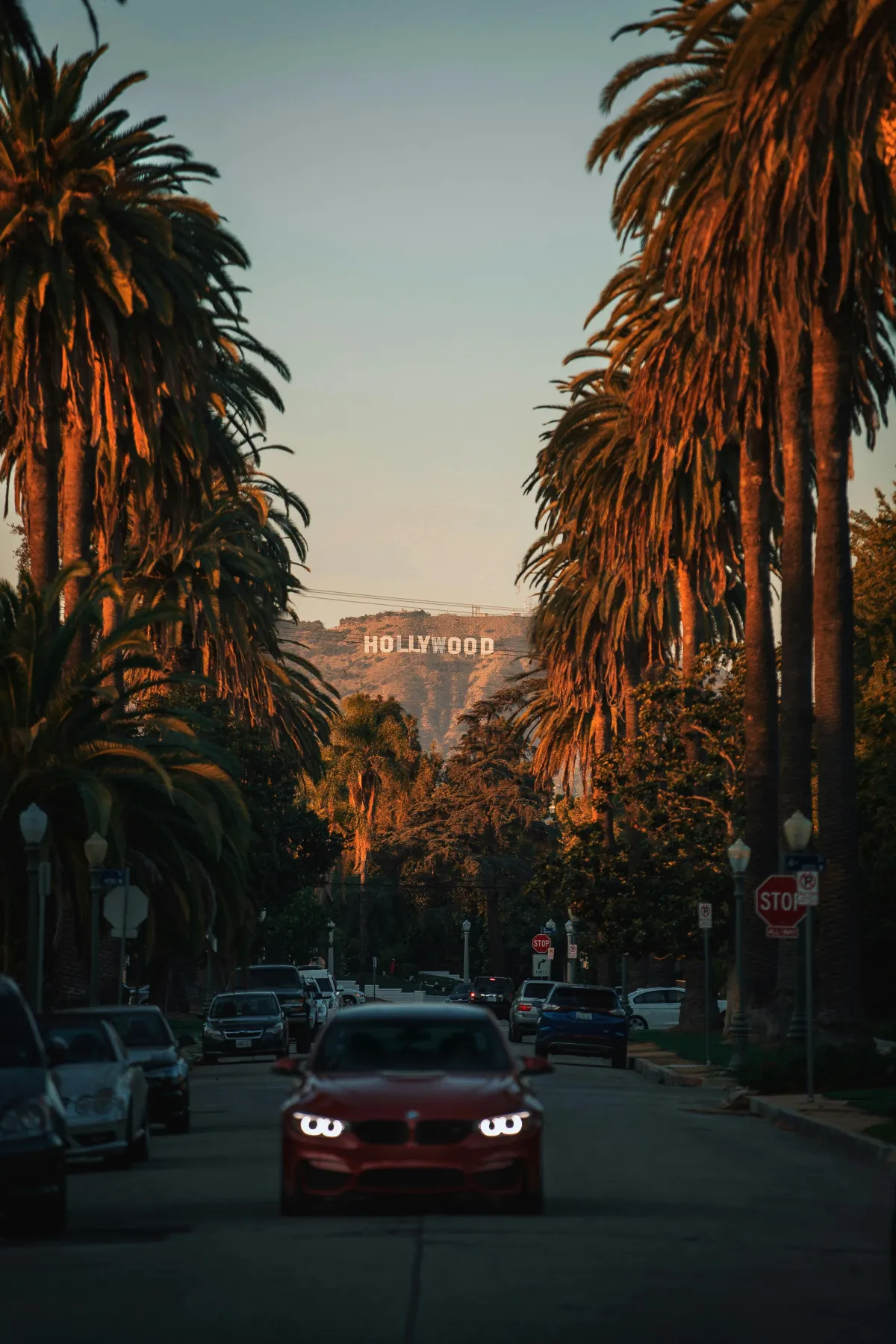Glendale Historical & Unique Landmarks
Historical & Unique Landmarks

Historical & Unique Landmarks
Beyond its vibrant shopping districts and bustling urban core, the city of Glendale holds a treasure trove of historical and unique landmarks that offer captivating glimpses into its rich past. These sites serve not only as architectural marvels but also as storytellers, weaving narratives of pioneering spirit, artistic ambition, and community evolution. Exploring these significant locations provides a deeper understanding of what makes this Southern California community truly special.
One of the most remarkable and often misunderstood landmarks in Glendale is Forest Lawn Memorial Park (Glendale). While functioning as an active cemetery, its vision transcends the traditional. Conceived by Hubert L. Eaton in 1917, Forest Lawn was designed to be a "vast park, devoid of the grim shadows of death, but filled with trees, lawns, and splashing fountains, with uplifting sculpture, and memorial architecture." This ambitious philosophy transformed it into a sprawling outdoor museum renowned for its breathtaking art, diverse architecture, and meticulously maintained grounds. Visitors are drawn not only by the serene beauty but also by the resting places of numerous Hollywood legends, whose presence adds a layer of cultural significance.
Within Forest Lawn, several museums house remarkable collections. The Forest Lawn Museum, located in the Hall of Crucifixion-Resurrection, showcases art and artifacts from around the world. Of particular note is the Great Mausoleum, an architectural masterpiece containing exquisite stained glass, replicas of famous sculptures, and the final resting places of many prominent figures. While access to certain sections may vary, the sheer scale and artistic ambition of this landmark are profound. Its historical significance extends beyond interment, reflecting a unique American perspective on memorialization and art patronage, firmly establishing it as a singular attraction within Glendale.
To truly grasp the origins of this area, one must turn to its oldest structures: the Catalina Verdugo Adobe and Casa Adobe de San Rafael. These enduring landmarks stand as tangible links to the city's early Spanish and Mexican periods, predating modern development. The Catalina Verdugo Adobe, built by members of the pioneering Verdugo family, offers a rare look into the self-sufficient ranch life of the 19th century. Its simple yet resilient construction speaks volumes about the early settlers who laid roots here. Similarly, the Casa Adobe de San Rafael, another property associated with the Verdugos, represents the architectural style and daily life of the rancho era. These adobes are not just old buildings; they are foundational elements, emphasizing Glendale's deep connection to California's mission and rancho history and providing invaluable insight into its very beginnings.
Another pivotal site in the city's history, particularly for aviation enthusiasts and film buffs, is the Grand Central Air Terminal Museum. Located on the grounds of the former Grand Central Air Terminal, this landmark holds immense historical significance as a pioneering airport in aviation history. Opened in 1929, it quickly became the major airport serving Los Angeles before the rise of LAX. It was the hub for early commercial flights, a vital military facility during World War II, and a nexus for legendary aviators like Amelia Earhart and Charles Lindbergh.
Beyond its role in commercial aviation, the Grand Central Air Terminal had a profound connection to early Hollywood and the burgeoning Disney empire. Walt Disney himself flew in and out of the terminal regularly, and it was a critical component of Disney's animation studio operations, with many of their animators and artists commuting through its iconic Spanish Colonial Revival building. The museum diligently works to preserve this rich heritage, offering visitors a fascinating journey through early flight and its intertwined relationship with the entertainment industry, cementing its place as a unique historical landmark in Glendale.
Finally, providing a charming glimpse into residential life from a bygone era, The Doctor's House Museum and Gazebo stands as a beautifully preserved example of Victorian architecture. Located within the scenic Brand Park, this Queen Anne style home, built in 1887, was meticulously moved and restored by the Glendale Historical Society. Its intricate detailing, from the ornate gables to the wraparound porch, showcases the architectural elegance and craftsmanship of the late 19th century.
Stepping inside The Doctor's House is like traveling back in time, offering visitors a tangible connection to Glendale's past residential life. Furnished with period pieces, it evokes the lifestyle of a prominent physician's family from over a century ago. The adjacent picturesque gazebo adds to the Victorian charm, making it a popular spot for community events and photographs. The preservation efforts behind The Doctor's House highlight a commitment to honoring the city's heritage and providing educational insight into its domestic history.
Together, these historical and unique landmarks—from the expansive artistry of Forest Lawn to the humble origins of the adobes, the pioneering spirit of Grand Central Air Terminal, and the charming domesticity of The Doctor's House—paint a compelling picture of Glendale's evolution. They invite residents and visitors alike to delve into the past, appreciate the layers of history, and connect with the unique identity of this Southern California city.
Speak to someone who knows the area: https://realtor-in-glendale.com/